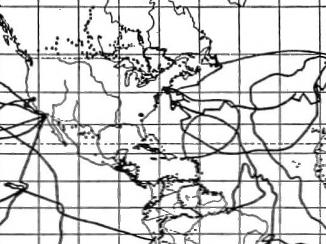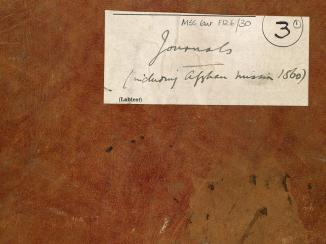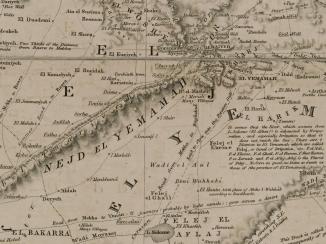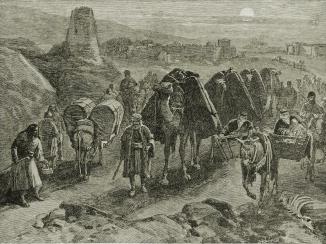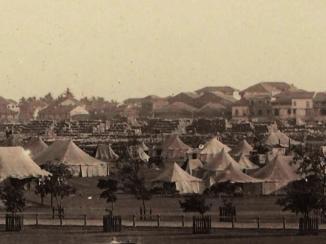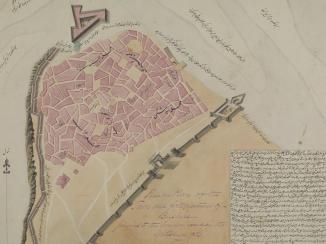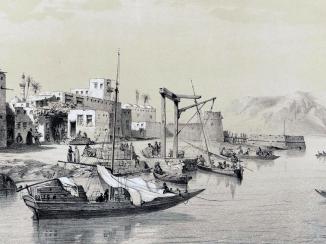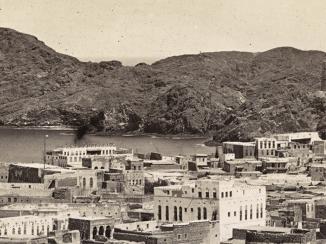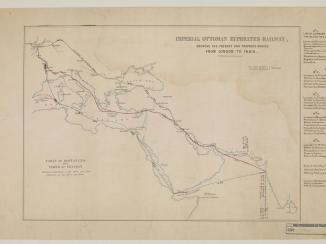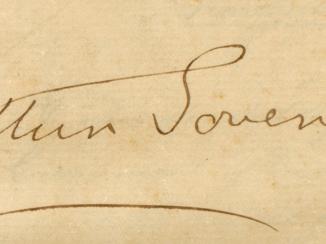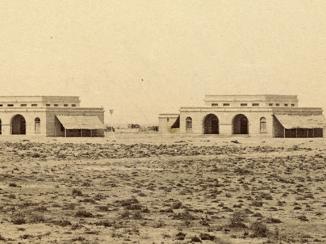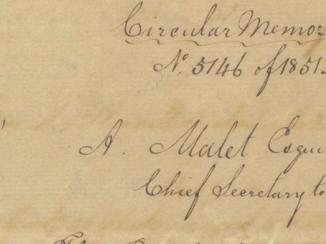Overview
In the 1860s, cotton was a key import, supplying Britain’s busy textile mills. The majority of raw cotton supplies came from America. However, during the American Civil War (1861–65) raw cotton was no longer being grown and shipped. The British needed to find new sources for their mills, so turned to India to supply their needs.
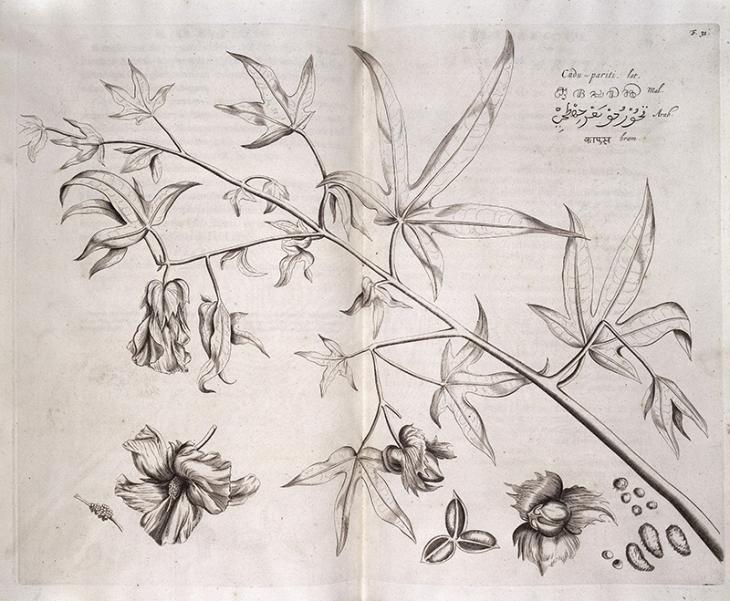
In 1860, India was supplying 31% of British cotton imports, but the outbreak of war in America saw that supply escalate to 90% in 1862. Although it declined somewhat, India’s cotton growers were still supplying 67% of Britain’s cotton imports in the later years of the war.
But India alone could not supply all the cotton Britain required. This pushed the price of cotton up sufficiently that it became worthwhile for countries such as Persia to begin exporting their cotton to Britain. Previously Persia’s cotton growers had only supplied local and regional demands as it had been too costly to export.
Cascade Effect
The expansion of Persian cotton growth had a cascade effect around the Gulf. As Persian farmers stopped growing corn in favour of cotton, farmers elsewhere in the Gulf littoral began to see the value of corn rise. As a result it became worthwhile for these Gulf farmers to grow corn, resulting in new markets being developed.

Benefits for Persia
For Persia the impetus received from the Civil War was considerable. By 1864, Persia had already shipped the equivalent of 420,000 lbs (pounds) of raw cotton to Britain and anticipated ten times that amount going to market the following season. The price of cotton was by then so high that even taking cotton 1300 miles by mule from regions as far away as Azerbaijan and Khorasan to Bushire for export was now economical.

End of the Persian Cotton Boom
Nonetheless, there were problems with shipping cotton through Bushire, not least the reliance on good relations between the British Resident and the Persian Authorities. In order for trade to be encouraged, taxes and duties had to be kept at reasonable rates. Environmental factors also played a key part: plagues of locusts were quite common in the area and one season without rain was enough to cause farmers to cease their cotton growth and return to subsistence farming instead.
By the late 1860s, famine and drought were becoming more common. When Lewis Pelly left his position as Political Resident A senior ranking political representative (equivalent to a Consul General) from the diplomatic corps of the Government of India or one of its subordinate provincial governments, in charge of a Political Residency. in the Persian Gulf The historical term used to describe the body of water between the Arabian Peninsula and Iran. in 1872, the famine was so severe that the Persian cotton trade had all but halted. The market at Bushire was solely dealing with ‘hand to mouth’ living and farmers were barely growing enough to feed their own families. The brief, profitable boom in Persian Cotton was decisively over but the Persian market would assuredly remain locked into the global boom and bust marketplace, because of its involvement with the British Empire.




